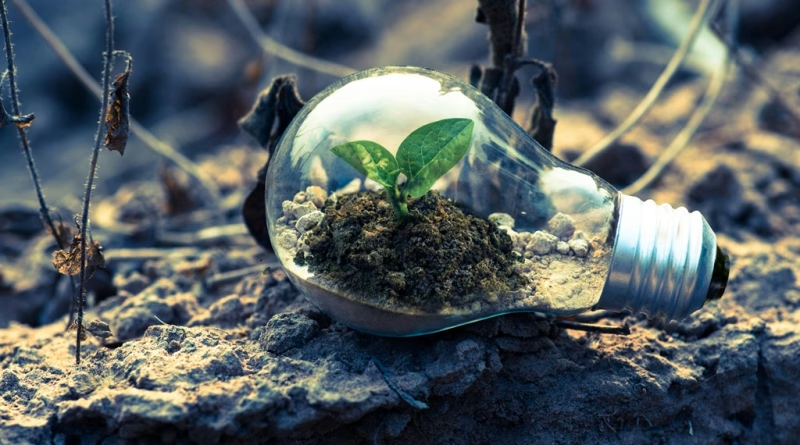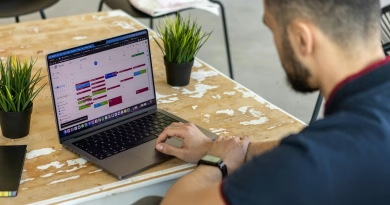5 Ways Technology is Making Sustainability More Achievable
For years, the narrative around technology and the environment has often been a gloomy one, focusing on e-waste and the massive energy consumption of data centers. But beneath the headlines, a powerful counter-narrative is emerging. A new wave of technology is giving us the tools to tackle our biggest environmental challenges with unprecedented precision and scale.
Technology is no longer just part of the problem; it’s becoming a critical part of the solution. From optimizing our energy use to revolutionizing how we grow food, here are five incredible ways technology is making sustainability more achievable in 2025.
1. The AI-Powered Smart Grid
Our traditional power grids are notoriously inefficient. They produce a constant supply of energy, much of which is wasted during periods of low demand. The rise of renewables like solar and wind, which are intermittent, adds another layer of complexity.
- The Tech Solution: Artificial intelligence is now being deployed to create “smart grids.” These AI platforms can analyze weather patterns, consumer demand, and energy prices in real-time. They can then intelligently route power where it’s needed most, minimizing waste. When a large solar farm is producing excess energy, the AI can automatically divert it to charge massive battery storage systems for later use. This optimization makes renewable energy sources far more reliable and efficient, accelerating the transition away from fossil fuels.
2. Precision Agriculture: More Crop, Less Drop
Traditional farming often involves a “one-size-fits-all” approach, leading to the overuse of water, fertilizers, and pesticides.
- The Tech Solution: “Precision agriculture” uses a combination of IoT sensors, GPS-guided drones, and AI to make farming radically more efficient. Drones equipped with multispectral cameras can fly over a field and identify the specific areas that are suffering from pests or lack of nutrients. This allows farmers to apply pesticides or fertilizer with surgical precision, only where needed. IoT sensors in the soil monitor moisture levels, enabling smart irrigation systems to deliver the exact amount of water a plant needs, no more, no less. The result is higher crop yields with a fraction of the environmental impact.
3. The IoT-Powered Smart Building
The buildings where we live and work are massive consumers of energy, primarily for heating, cooling, and lighting.
- The Tech Solution: Modern buildings are being fitted with thousands of tiny, connected Internet of Things (IoT) sensors. These sensors monitor everything from room occupancy and air quality to the position of the sun. This data is fed into a central management system that can make intelligent, automated decisions. It can dim the lights and lower the thermostat in an empty conference room, automatically lower the blinds on a sun-facing window during a heatwave, and even identify a leaky pipe long before it becomes a major problem.
4. The Circular Economy & New Materials
Our current economic model is largely linear: we take resources, make products, and then throw them away. A “circular economy” aims to eliminate waste by reusing, repairing, and recycling materials.
- The Tech Solution: AI and materials science are making this possible. AI-powered sorting facilities can use computer vision to identify and separate different types of recyclable materials with far greater accuracy than human sorters. At the same time, materials scientists are developing revolutionary new products, from biodegradable plastics made from algae to “self-healing” concrete that can repair its own cracks, dramatically extending the lifespan of our infrastructure.
5. Transparent Supply Chains with Blockchain
It’s hard for consumers to make sustainable choices when they have no idea where their products actually came from or how they were made.
- The Tech Solution: Blockchain technology, the same tech that powers cryptocurrencies, is being used to create transparent and immutable supply chains. Every step of a product’s journey—from the farm where the coffee bean was grown to the factory where the sneaker was assembled—can be recorded as a secure “block” on a digital ledger. This allows companies and consumers to track the true environmental and ethical footprint of their products, rewarding sustainable practices and creating real accountability.
These technologies are not silver bullets, but they are incredibly powerful tools. They demonstrate a major shift towards a future where progress and sustainability are not mutually exclusive, but deeply intertwined.




